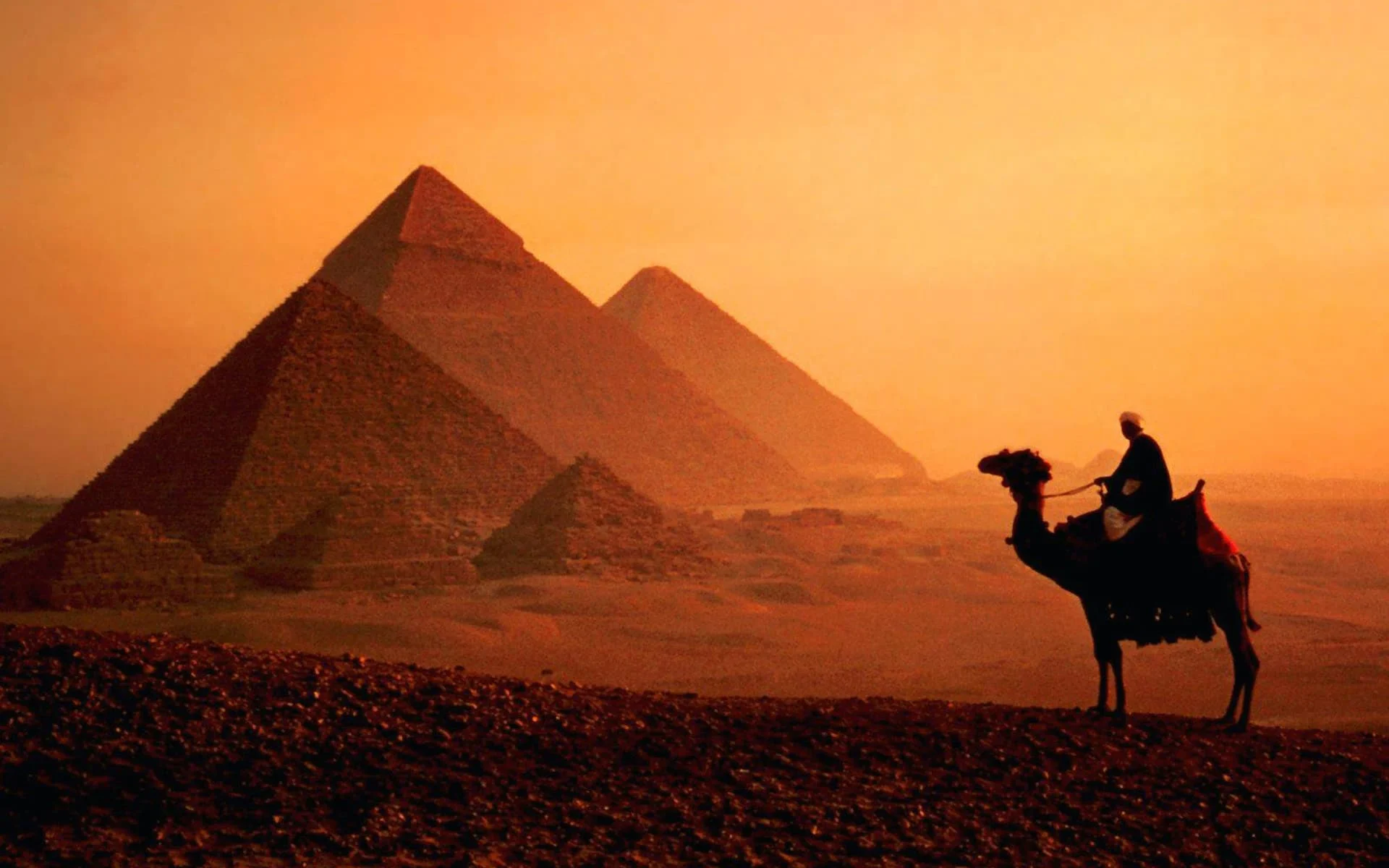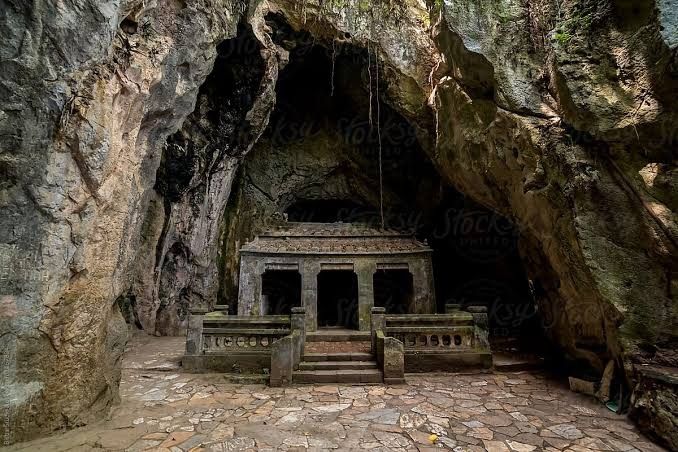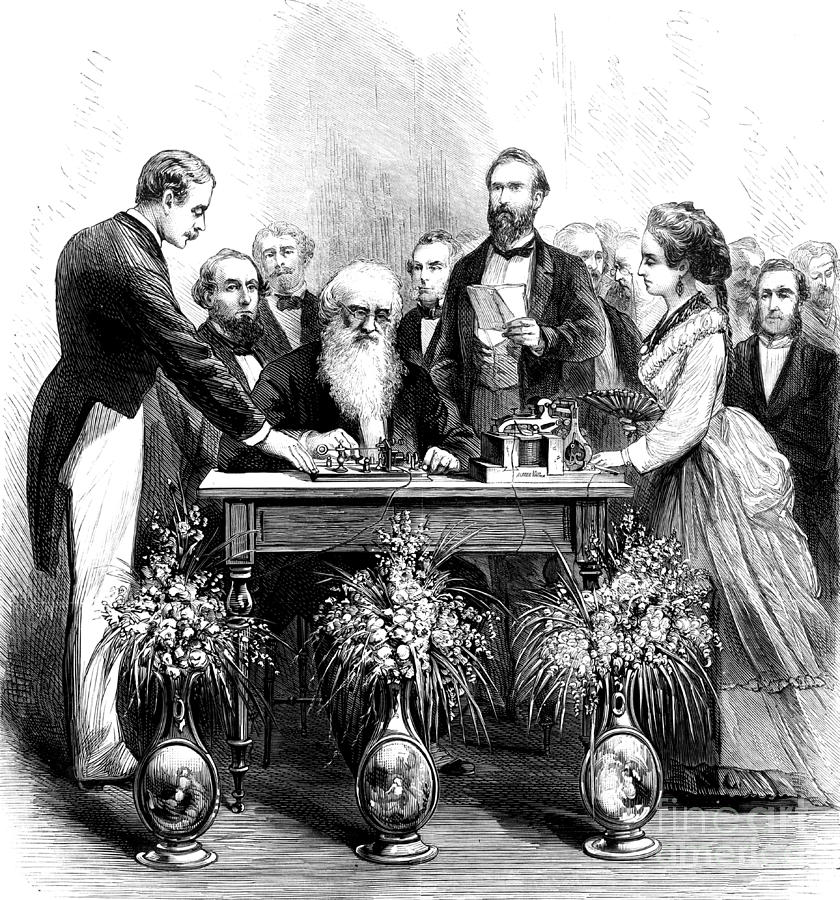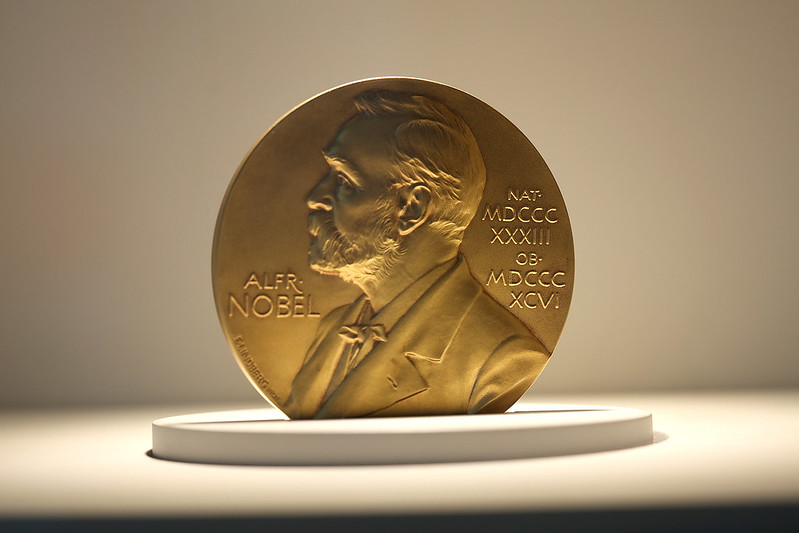As a researcher dedicated to uncovering the mysteries of ancient civilizations, my explorations have often taken me down pathways filled with enigma and wonder. In my search for lost cities and the forgotten wonders of the past, I have often stumbled upon perplexing clues that suggest ancient cultures had access to highly advanced technologies, the nature of which continues to baffle modern scholars. These clues manifest in various forms—be it ancient rock carvings that depict what can only be described as electrical devices, small intricately crafted models, or even in the pages of sacred texts that recount stories filled with feats that seem beyond the capabilities of the time.
In Egypt, for example, there are depictions in the Temple of Hathor that resemble electric devices, raising the question: Could the ancients have harnessed forms of electricity or other technologies far more advanced than we imagine? Similarly, in the Bogota Gold Museum, small golden models of airplanes have been discovered, suggesting that the ancients may have had knowledge of flight. Other texts, such as the Ramayana, the Mahabharata, and even the Bible, contain accounts of flying machines, advanced warfare tactics, and other technologies that seem inconceivable for the era in which they were written.
In this book, I aim to revisit some of the most compelling evidence for the existence of ancient technologies and highly advanced civilizations that flourished long before the world recognized modern science and innovation. The technological leap that humanity has taken in recent centuries is undeniable—today, the average person has access to electricity, personal vehicles, smartphones, computers, and other modern marvels that shape daily life. In stark contrast, in the ancient world, advanced technology was often hidden from the masses, reserved for elites, and used to control or awe the common people.
Ancient technologies were not just tools; they were often sacred artifacts used in temples, hidden from the general populace. These technologies served to bewilder and terrify, becoming part of religious ceremonies and rituals that created a mystique around the unknown. It was a way to maintain control, utilizing both fear and awe as instruments of power.
John Anthony West, the well-known author and presenter of the television documentary Mystery of the Sphinx, provides a striking perspective on ancient Egyptian science and technology. He asserts that "Egyptian science, medicine, mathematics, and astronomy were all of an exponentially higher order of refinement and sophistication than modern scholars will acknowledge." West argues that the entirety of Egyptian civilization was built on an understanding of universal laws that modern scholarship often dismisses or fails to appreciate fully. These ancient Egyptians were not simply seeking to manipulate the natural world; they had a holistic and deep understanding that blended science, art, and religion into a unified, coherent system.
What is most fascinating about ancient Egyptian knowledge, as West points out, is that it seemed to exist in its most complete and refined form from the very beginning. The Egyptians did not seem to go through a gradual developmental process that led to their achievements; rather, they appeared to have arrived at their advanced understanding of the world fully formed. The sciences, arts, and even the hieroglyphic system that they used show no evidence of the long periods of trial and error that typically mark the development of human knowledge. There are no evident stages of primitive understanding, as one might expect in a society that evolves over time. Instead, it seems as though these technologies and ideas were already well-established in the early dynasties, some of which were so advanced that they were never surpassed by later cultures.
This is a perplexing phenomenon. Imagine looking at a 1905 automobile and then comparing it to a modern car. The evolution from one to the other is evident, from crude mechanical systems to sophisticated electronics, design, and performance. However, when we look at the pyramids, temples, and monuments of Egypt, we see something vastly different. There is no clear evidence of a slow, evolutionary process. Everything seems to have appeared fully formed, as if from a sudden burst of genius. This raises the question: How could a civilization emerge with such advanced knowledge in every aspect of life, from engineering to medicine, from astronomy to art?
The answer to this riddle seems almost too simple and yet is rarely considered. Perhaps Egyptian civilization was not the product of a gradual development but rather a continuation—or inheritance—of an earlier, much more advanced culture that was lost to time. The Egyptians may have inherited this knowledge from a previous civilization, one that was far more technologically advanced than we can imagine.
In his acclaimed 1993 NBC special Mystery of the Sphinx, West and his team of researchers presented compelling evidence that the Great Sphinx of Giza may be far older than traditionally believed. They argued that the Sphinx shows signs of extensive weathering caused by water erosion, which could not have occurred in the arid conditions of the Egyptian desert in the past few thousand years. Instead, they suggested that the Sphinx had been subjected to heavy rainfall and flooding, possibly as far back as 10,000 years ago, long before the civilization of Egypt as we know it began to take shape. This would place the Sphinx, and possibly other monumental structures in Egypt, within the context of a civilization that predates recorded history.
This controversial theory challenges the conventional understanding of Egyptian history, which holds that the Sphinx was built during the reign of Pharaoh Khafre, around 2500 BCE. If West’s hypothesis is correct, it suggests that Egypt was not the cradle of this knowledge but rather the inheritor of ancient wisdom passed down from a much earlier civilization. Could the Egyptians have been the successors of a forgotten culture that flourished thousands of years before their time?
This concept of an earlier advanced civilization is not new. The idea of lost civilizations predates modern archaeology. For centuries, there have been rumors, myths, and legends of highly advanced cultures that existed long before recorded history. Stories of Atlantis, for instance, tell of a vast and powerful civilization that was swallowed by the sea, leaving no trace of its achievements behind. While these stories are often dismissed as mere myth, there is a growing body of evidence suggesting that they may not be entirely fictional.
Archaeological discoveries in places like the Yucatan Peninsula, the Andes Mountains, and even under the waters of the Mediterranean have uncovered remnants of structures that challenge our understanding of ancient history. These discoveries often show signs of sophisticated engineering and technology that were thought to be impossible for the ancient world. Could these be the remnants of the civilization that passed its knowledge on to the Egyptians?
One of the most compelling pieces of evidence comes from the ruins of the ancient city of Gobekli Tepe in Turkey. Dating back to around 10,000 BCE, this complex of stone structures predates the rise of agriculture and established civilizations. The sheer scale and intricacy of Gobekli Tepe suggest that its creators had knowledge of astronomy, geometry, and engineering that should have been impossible for people of that time. The discovery of Gobekli Tepe, combined with the evidence from Egypt, leads us to reconsider the possibility that ancient cultures may have inherited knowledge from a far more ancient and advanced civilization.
Further evidence of such a lost civilization can be found in the vast array of unexplained artifacts and technologies that continue to surface in archaeological digs around the world. In addition to the golden airplanes in Bogota, South America, there are countless other examples of advanced technology being discovered in unexpected places. Whether it’s the mysterious Antikythera mechanism from ancient Greece, which was a complex analog computer used to predict astronomical positions, or the intricate Mayan calendar, which tracks celestial movements with extraordinary precision, these artifacts suggest that ancient cultures may have been far more technologically advanced than we give them credit for.
The question then becomes: If ancient civilizations had such advanced knowledge, where did it come from? How did they develop such technologies, and what happened to the cultures that first created them? Was their knowledge passed down through the ages, or did it disappear into the sands of time?
One theory is that an advanced culture may have existed long before the rise of ancient Egypt, and that its knowledge was passed on to the Egyptians either through direct inheritance or through the remnants of ancient libraries and schools. This lost civilization could have been destroyed by a cataclysmic event, such as a natural disaster, a massive war, or a climate change that altered the course of human history. In the aftermath, the survivors may have fled to various corners of the Earth, carrying with them the knowledge of their lost civilization and passing it on to other cultures, such as the Egyptians, the Sumerians, and the Mayans.
As we continue to explore the mysteries of the past, we must keep an open mind. The more we discover, the more we realize that our understanding of ancient history is incomplete. The ancient Egyptians were undoubtedly a remarkable civilization, but they may have been the inheritors of a much older tradition—a legacy of knowledge that was passed down through the ages, waiting to be rediscovered. The search for lost civilizations and forgotten technologies is not just an academic pursuit; it is a journey into the very heart of human history, where we may uncover the secrets of our distant past and the origins of the remarkable achievements that shaped our world.
As we explore these mysteries, we should not only look to Egypt but also to other ancient cultures that may hold the key to understanding the true origins of civilization. The ancient world may have been far more complex and interconnected than we have been led to believe. The answers to these questions may be hidden in the ruins of long-forgotten cities, in ancient texts, and in the artifacts that continue to surface from beneath the sands of time. And as we continue to search, we may one day uncover the truth about the lost civilizations that once flourished—and the knowledge they left behind.






















0 Comments